Accell Thunderbolt 4 Docking Station
Best for Thunderbolt 4

CalDigit Thunderbolt 4 Element Hub
For more Thunderbolt 4
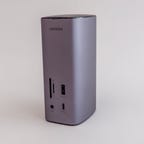
Ugreen USB-C Triple Display Docking Station
Best for three displays at 4K
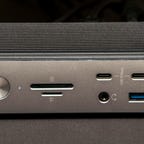
Anker PowerExpand Elite Docking Station
Thunderbolt 3 with power for charging
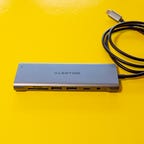
Lention CB-C37 USB-C Hub
Best for a laptop on a stand
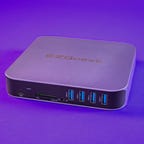
EZQuest Ultimate Plus 12-Port USB Type-C Multimedia Hub
For those who still need a VGA output
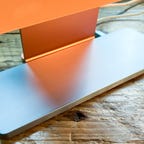
Satechi USB-C Slim Dock for 24-inch iMac
Discreet iMac port addition
What’s the best USB-C hub?
For those who want a full-featured travel dock, the best USB-C hub is the EZQuest USB-C Multimedia 8-port Hub. There are less expensive options, but the EZQuest combines an excellent assortment of ports, durability for travel and reliability over several months of testing. It even has labels on the top to get your devices connected even faster. EZQuest makes several other USB-C hubs including a 13-in-one model also on this list. However, if a more robust dock with Thunderbolt support is necessary, the best we’ve tested right now is the Accell Thunderbolt 4 Docking Station thanks to an attractive low-profile design and well-rounded port assortment, and it doesn’t get hot when put to full use.
Narrowing down your options and finding the best USB-C hub comes down to knowing how portable you need it to be, your desired data transfer speed and exactly which connections you need. Here are some of our favorite USB-C docking stations that we’ve tested. We’ll continue to update this list as we find new USB hubs and docks to recommend. And if you’re looking to charge your USB-C devices, here are the best options per our testing.
Read more: Best USB-C PD Chargers of 2023
Best USB-C hubs
This USB-C hub has all the essentials most would need for office or home use at a reasonable price, especially if your laptop is limited to only USB-C ports. There are three USB-A ports, including one with power delivery, microSD and SD card slots, and an HDMI out that supports resolutions up to 4K at 30Hz. At the end is a Gigabit Ethernet connection with an activity LED (something other hubs this size typically leave off). But what sets it apart from others at this size are the handy labels printed on top of the anodized aluminum case.
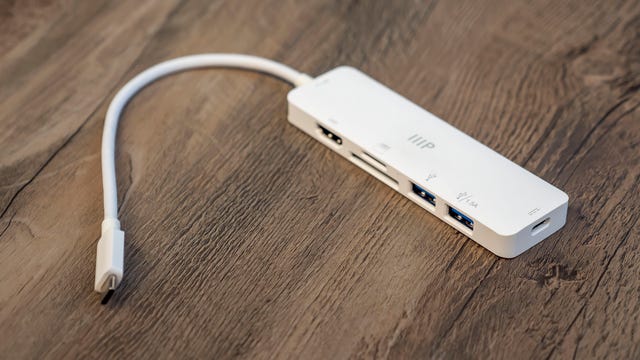
Accell’s slim, low-profile Thunderbolt 4 Docking Station is one of the most compact we’ve tested without sacrificing performance or ports. There are two Intel-certified Thunderbolt 4 ports on the rear as well as a DisplayPort 1.4 connector that, combined, can drive dual UHD 4K monitors at 60Hz or a single 8K display at 30Hz. Another Thunderbolt 4 USB-C port on the front connects to your PC or Mac. The port is shifted all the way to the right so that the cable doesn’t block other ports and makes it easier to keep the cable out of the way.
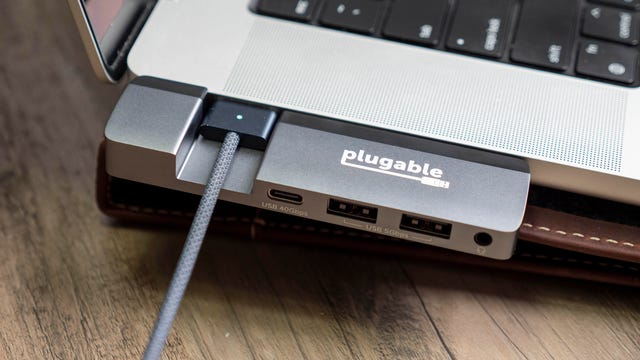
Although there are hubs with more connections that plug directly into a MacBook’s USB-C ports, this Plugable hub stands alone with its notch for Apple’s MagSafe power connector. Ports include two USB-A 3.0 ports, a combo headphone/mic jack, Ethernet (in the back so it’s out of the way) and a USB-C port. And unlike other small hubs like this, the USB-C port can do what the MacBook’s can: data transfer up to 40Gbps, display output up to a 6K resolution at 60Hz and power throughput up to 100 watts.
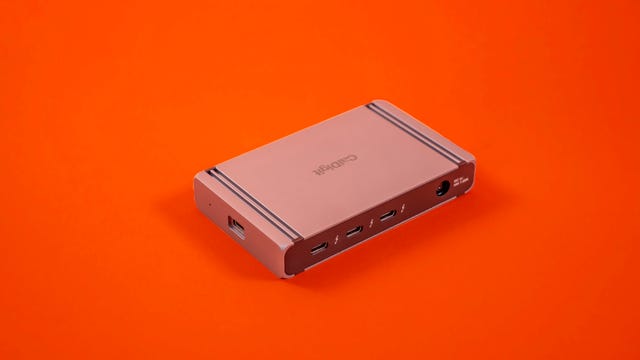
Ugreen’s tiny tower of ports uses a DisplayLink chipset to drive three displays at up to 4K at 60Hz via its DisplayPort and dual HDMI outputs with Windows or MacOS systems. Windows users can opt to run one display at up to 8K at 30Hz plus two at 4K at 60Hz.
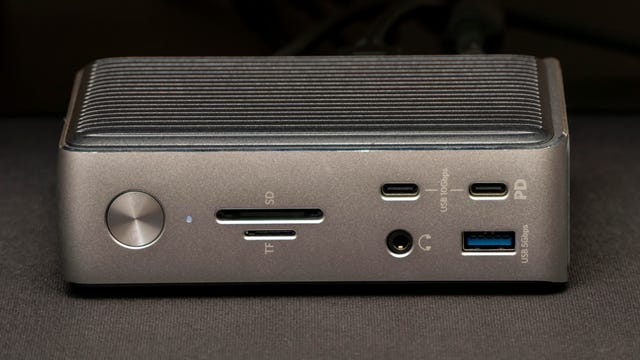
Most small USB-C hubs have short attached cables. That’s fine if your laptop is on a desk and not on a laptop stand and that desk has plenty of space directly next to your laptop’s USB-C port. For those who could use some extra cable reach, though, the Lention C37 is ideal.
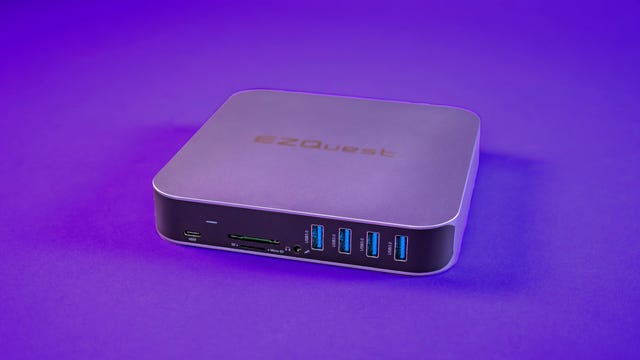
This add-on dock slides right over the foot of a 24-inch iMac. It includes USB-A and USB-C ports, plus slots for both microSD and SD cards and even an internal slot for an M.2 storage drive. The 11-inch wide dock also has the exact footprint as the iMac’s color-matched keyboard, so it can sit on top of the dock/foot combo when not being used. At $150, it’s a little on the pricey side, and there are no HDMI or DisplayPort outputs. But if you’re looking for a tidy solution to add some extra ports to an iMac, this is a sweet solution.
What is the difference between a USB-C hub and a docking station?
The USB port most are familiar with is USB Type-A. Sometimes called a standard or regular USB port, it is rectangular and directional, which requires you to properly align tabs inside the connectors. The newer USB-C port is a small oval that uses a reversible connector so that you don’t need to flip it around to get the correct position.

